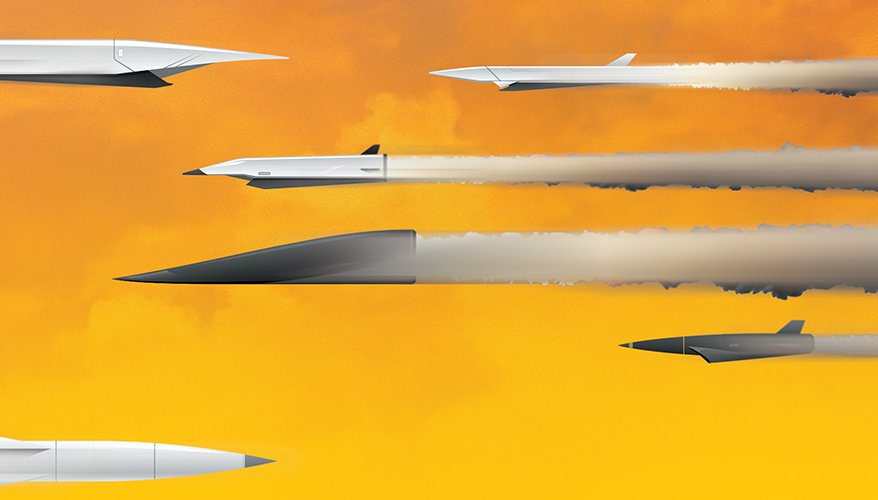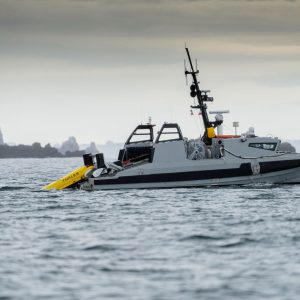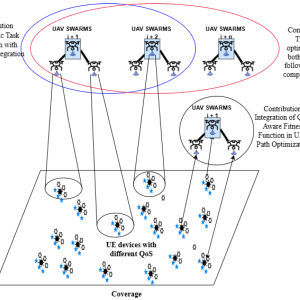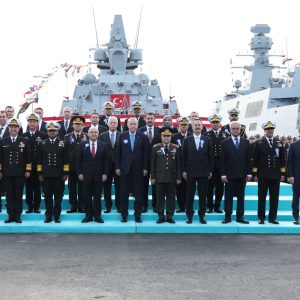The U.S. Hypersonic Programmes to Receive Nearly $7 Billion in 2025. The U.S. demonstrates its unwavering commitment to maintaining supremacy in hypersonic capabilities.
U.S. Hypersonic Programmes to Receive Nearly $7 Billion in 2025
In the realm of air warfare, the United States has consistently sought to maintain its edge, leveraging cutting-edge technologies to outpace potential adversaries. A pivotal development in this pursuit is the substantial investment set aside for US hypersonic programmes in 2025. With an allocation nearing $7 billion, this financial commitment underscores the strategic importance and urgency the US places on advancing its hypersonic capabilities.
The Strategic Imperative: Understanding U.S. Hypersonic Programmes
Hypersonic technology represents a paradigm shift in air warfare capabilities. Unlike traditional missiles and aircraft, hypersonic systems can travel at speeds exceeding Mach 5, or five times the speed of sound. This unparalleled speed provides several strategic advantages:
- Reduced Response Time: Hypersonic weapons can strike targets thousands of miles away in a matter of minutes, reducing the window for enemy defenses to react.
- Enhanced Survivability: The speed and maneuverability of hypersonic systems make them incredibly challenging to intercept, enhancing their survivability in contested environments.
- Increased Lethality: The kinetic energy generated by hypersonic systems upon impact can cause devastating damage to both hardened military installations and moving targets.
Investment Breakdown: Where Will the $7 Billion Go?
The $7 billion investment in US hypersonic programmes is slated to be distributed across various initiatives aimed at advancing both offensive and defensive hypersonic capabilities. While specific allocations may vary, the funding is expected to target the following key areas:
- Research and Development (R&D): A significant portion of the investment will be channeled into R&D efforts to accelerate the development of hypersonic technologies, including propulsion systems, materials, and guidance systems.
- Prototyping and Testing: To validate the effectiveness and reliability of hypersonic systems, funds will be allocated for the prototyping and rigorous testing of prototypes under realistic operational conditions.
- Infrastructure Upgrades: Ensuring the US maintains a robust infrastructure to support hypersonic operations is crucial. Investments will be made to upgrade existing facilities and establish new test ranges and launch sites dedicated to hypersonic testing.
- Collaborative Efforts: Recognizing the complexity and multidisciplinary nature of hypersonic technology, collaborations with industry partners, academic institutions, and allied nations will be fostered to pool resources, expertise, and capabilities.
The Global Landscape: Navigating Competitive Pressures and Strategic Alliances
The escalating interest and investment in hypersonic technology are not unique to the United States. Several nations, including Russia, China, and India, have been actively pursuing their hypersonic programmes, further intensifying global competition in this arena.
To maintain its technological edge and strategic superiority, the US is not only focusing on advancing its indigenous capabilities but also forging strategic alliances and partnerships with like-minded nations. These collaborations aim to share technological advancements, intelligence, and best practices while fostering interoperability and collective defense capabilities.
Challenges and Considerations U.S. Hypersonic Programmes: Overcoming Technological Hurdles and Ensuring Operational Effectiveness
While the $7 billion investment in US hypersonic programmes signifies a significant step forward, it is essential to recognize and address the inherent challenges and considerations associated with hypersonic technology:
- Technological Complexity: Hypersonic systems operate under extreme conditions, requiring breakthroughs in materials science, propulsion, and thermal management to ensure reliability and performance.
- Safety and Regulation: The unprecedented speed and altitude at which hypersonic systems operate necessitate stringent safety protocols and regulatory frameworks to mitigate risks and ensure compliance with international laws and treaties.
- Operational Integration: Integrating hypersonic weapons into existing air warfare doctrines, command and control systems, and operational procedures requires careful planning, coordination, and training to maximize their effectiveness on the battlefield.
Looking Ahead: The Future of Hypersonic Warfare
As we delve deeper into the era of hypersonic warfare, the $7 billion investment in US hypersonic programmes serves as a testament to the strategic importance and transformative potential of this game-changing technology. By leveraging cutting-edge research, fostering collaboration, and overcoming technological challenges, the United States is poised to redefine the air warfare landscape, ensuring its dominance and deterring potential adversaries in an increasingly complex and contested global environment.
In conclusion, the substantial investment in US hypersonic programmes in 2025 underscores the nation’s unwavering commitment to advancing its air warfare capabilities and maintaining its strategic edge in an era of great power competition. As technological advancements continue to accelerate and global dynamics evolve, the race for hypersonic supremacy remains a critical determinant of military effectiveness, deterrence, and geopolitical influence on the world stage.











